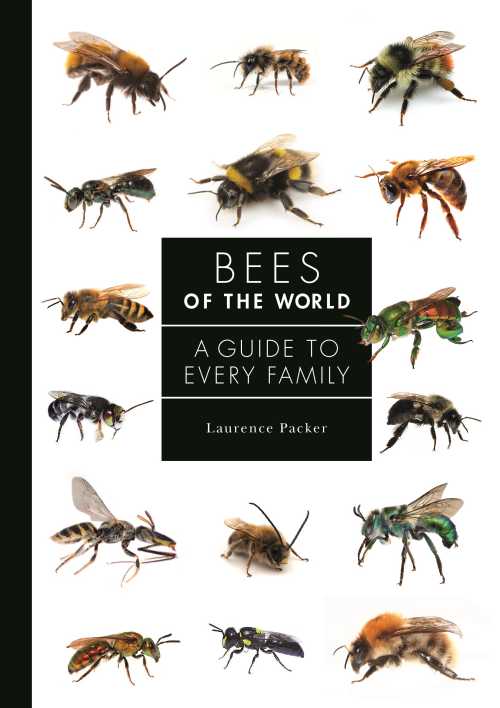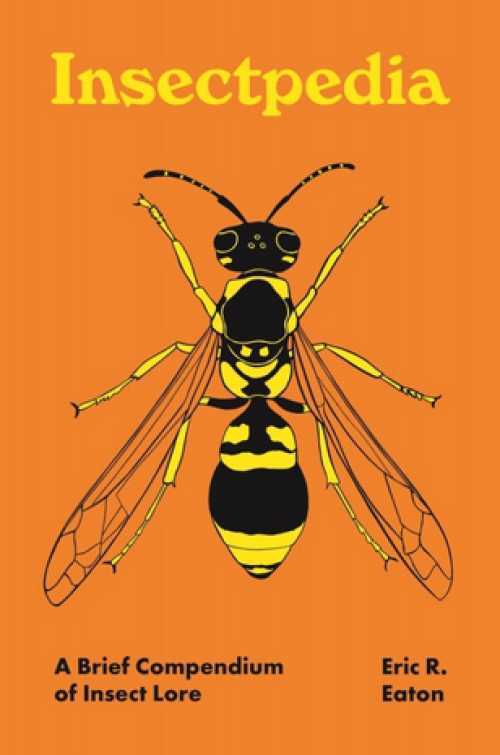Orchids And Bees - A Fascinating Relationship!
You may have heard how a particular orchid plant tricks a particular bee species into pollinating it through 'mimicry'.
But in fact, there are variations in the relationships that bees have with orchids. Indeed, it's a very interesting example of how bees and orchids have co-evolved in different regions and eco-systems.
Take a moment to read about the following examples!
The Male Bee's 'Orchid Eau de Cologne'
Take for example, the Orchid bees (Euglossa). The males of these metallic bees found in South and Central America, gather aromatic substances from large orchids1.
The orchids themselves have evolved not only to attract the bees with the scent, but the physical structure of the pollen-laden anthers is perfectly positioned to ensure they are simultaneously pollinated as the bee gathers its perfume.
The males collect the fragrant compounds in the morning, and carry them off in their hind leg pouches. They then fly off to a location where they might attract females.
It's thought that the orchid scent evaporates off the hind legs of the male bees, hence it seems the bees use them in a similar fashion to a pheromone to attract a mate.
To help facilitate this process, the bees sit on 'perching sites', and periodically fan their wings and exposing the scent pouches on their legs1.
However, whilst the orchids may depend on the bees, the bees themselves may collect fragrances from other plants, such as herbs1.
Smells just like a (female) bee
Some orchids apparently use chemical mimicry to fool male bees into attempting to mate with the flower. During the attempt, pollen from the flower will attach to the male bee, and will then be transferred to the next orchid flower the bee attempts to mate with.
The Early Spider Orchid (Ophrys sphegodes) is one such example. The flower produces 14 sex pheromones emitted by the female Buffish Mining-bee, Andrena nigroaena. The scent attracts males, and tricks them into a mating attempt1,2.
A similar relationship has been observed to exist between the male Vernal Mining bee, Colletes cunicularius and the orchid, Ophrys exaltata.
Again, the bee is deceived by the orchid’s odor-mimicry of the female bee’s sex pheromone3.
Picky Orchids
Meanwhile, the Oil-collecting bee (Rediviva peringueyi) also visits orchid plants which have co-evolved with this particular bee species.
However, in this case, it's the females that visit the plants in order to
gather floral oils (and pollen)1.
This bee visits multiple varieties of orchid, so to ensure the correct pollen gets to precisely the correct flower, the different orchid species have evolved physical structures (floral morphologies) to ensure that the pollen sticks to a particular part of the bee's body (for example: hind leg, front leg, middle leg, thorax)1.
The pollen is therefore carried off by the bee, but only deposited on a flower of the same species1.
Bees Of The World - Book Review
References
1. Christina Grozinger & Harland Patch; The Lives of Bees A Natural History of Our Planet's Bee Life - Princeton University Press 2024.
2. University Of Sussex; 'New study shows climate change is wreaking havoc on delicate relationship between orchids and bees', 15 May 2018.
3. Mant, Jim & Brändli, Christoph & Vereecken, Nicolas & Schulz, Claudia & Francke, Wittko & Schiestl, Florian. (2005). Cuticular Hydrocarbons as Sex Pheromone of the Bee Colletes cunicularius and the Key to its Mimicry by the Sexually Deceptive Orchid, Ophrys exaltata. Journal of chemical ecology. 31. 1765-87. 10.1007/s10886-005-5926-5.
If you found this page helpful or interesting, I'd really be grateful if you would share it with others - if not this page, perhaps another, such as Gardening For Bees.
Thank you so much :) .

